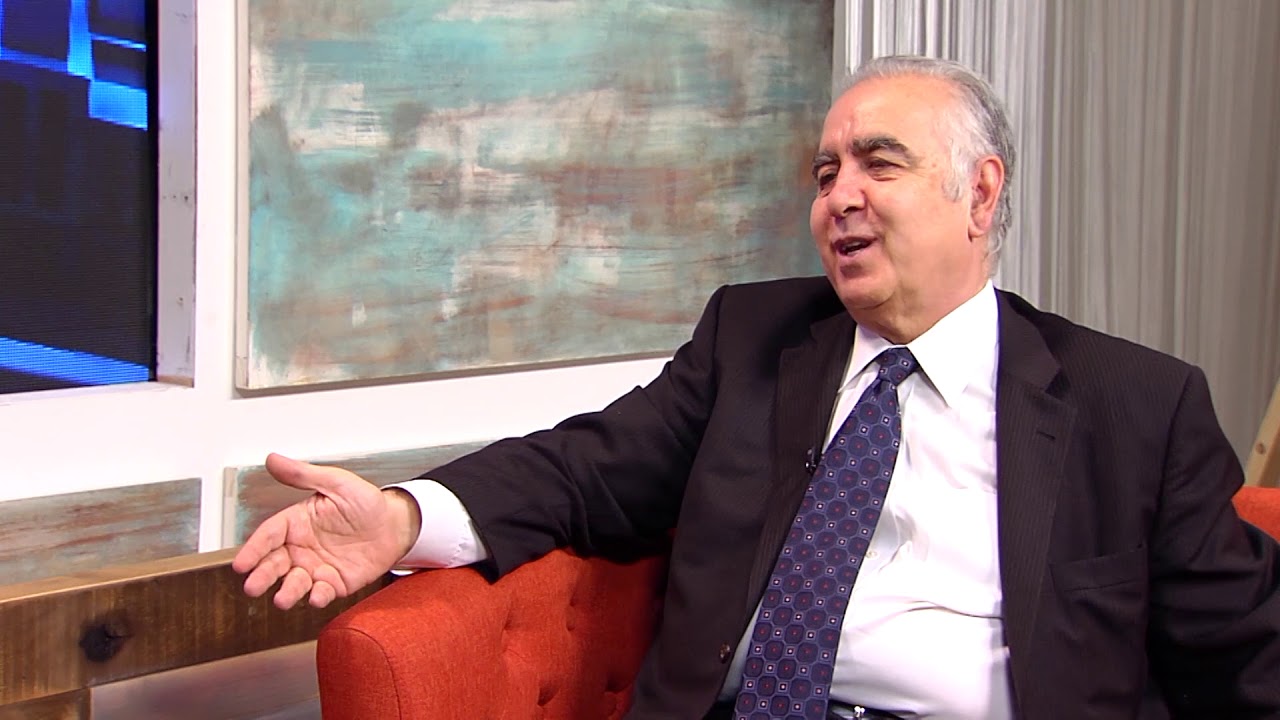It is ironic that in this modern age of technology and abundance of information at the fingertips of everyone with an electronic device, it is becoming increasingly difficult, and sometimes impossible, to distinguish fact from fiction.
The Internet, with its vast resources on every conceivable subject, can be a blessing or a curse when one is trying to discern the authenticity of a particular article.
There is no way of knowing if what is being read is true or false, unless the reader is an expert in that specific topic or checks websites like truthorfiction.com or snopes.com to distinguish rumors from reality.
Here are two recent examples of such misinformation that were circulated on the Internet to millions of Armenians and others.
The first is an article supposedly from The Moscow Times, titled: “Russian President to Turkish Ambassador: ‘Tell your dictator President he can go to hell along with his ISIS terrorists; I will make Syria a Big Stalingrad for him!” This article was posted on thousands of websites, e-mailed around the globe, and reprinted in countless newspapers.
Pres. Putin was quoted telling Umit Yardim, the Turkish Ambassador to Moscow, that Russia will cut off diplomatic relations with Turkey immediately unless Erdogan stopped supporting ISIS terrorists in Syria. The article cited “leaked information” as the source of a “two-hour long closed door meeting,” during which Putin reportedly called the Turkish President a “hypocrite” and threatened to turn Syria into a “Big Stalingrad for Erdogan and his Saudi allies,” whom he compared to Hitler.
I received via e-mail several dozen copies of this forged article from Armenians around the world with cheerful exclamations, such as “good for Putin,” “finally someone dared to put Erdogan in his place.” It became tiring to respond to everyone, telling them that this was a fake news story!
Readers and even newspaper editors apparently did not bother to check that there was no such article in The Moscow Times. Furthermore, hardly anyone seems to have wondered how a Russian newspaper could have misspelled Pres. Putin’s name as ‘Purin’?
The second example of misinformation concerns the world famous singer Beyonce who supposedly sang a song dedicated to the Armenian Genocide. The video of the song “I was here,” which opens with the words “Armenian Genocide 1915 April 24,” was posted on YouTube on April 24, 2015 by someone with the nickname ‘Yakosamo.’ The video then displays the words “Never Forget” in bright red letters, followed by footage of visitors at the Armenian Genocide Monument in Yerevan. For the next four minutes, the screen shows three armed Turkish soldiers killing an entire Armenian family and abducting a group of young Armenian girls. The video and the singing end with the words in bright red letters, “1915 April,” right after a Turkish soldier shoots with a pistol, in point blank range, an Armenian boy in the head!
Thousands of Armenians were probably tricked into thinking that this was indeed a Beyonce song dedicated to the Centennial of the Armenian Genocide. The link to the video along with hundreds of appreciative comments were posted on countless facebook pages and YouTube.
I just learned about this song last week. At first, I was somewhat embarrassed that as a newspaper editor I was hearing of such an important song on the Armenian Genocide several months after its release. I checked the lyrics of the song and quickly discovered that it had absolutely nothing to do with Armenians or the Genocide. The singer kept repeating, “I was here, I lived, I loved, I was here….” The words Armenian, Genocide or Turkey were nowhere to be found!
I finally realized that someone had taken a Beyonce song and added to it film footage from a movie on the Armenian Genocide. Regrettably, many Armenians were ecstatic that a world famous singer was publicizing the facts of the Armenian Genocide!
I have no magical formula on how to distinguish fact from fiction for every Internet posting. It may be useful to remember the popular saying: “if something is too good to be true, it probably is” too good to be true! Readers should have a healthy dose of skepticism, without going overboard — by being either too suspicious to believe anything or too gullible, blindly swallowing everything on the Internet!




